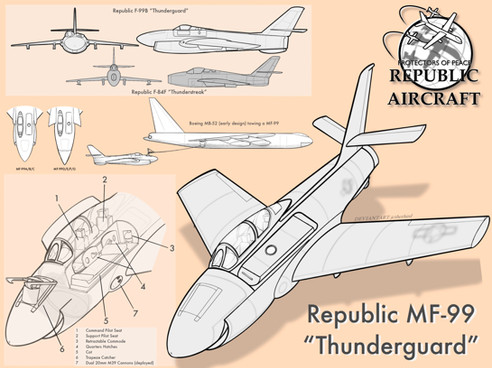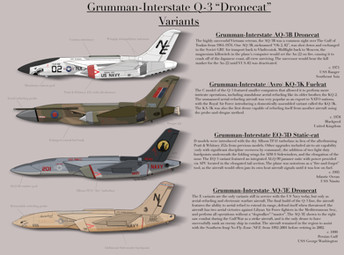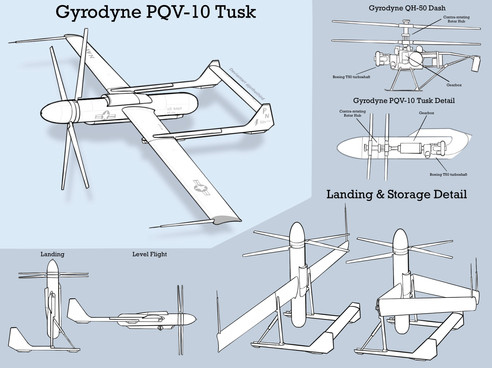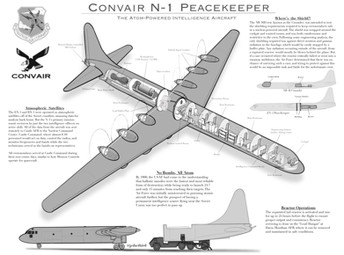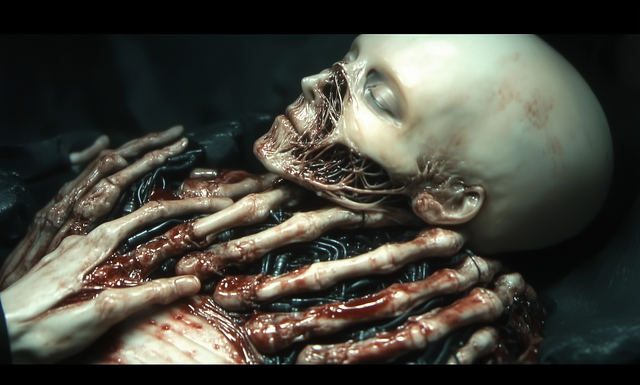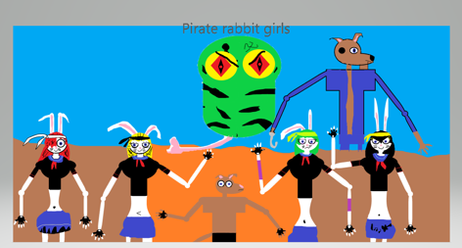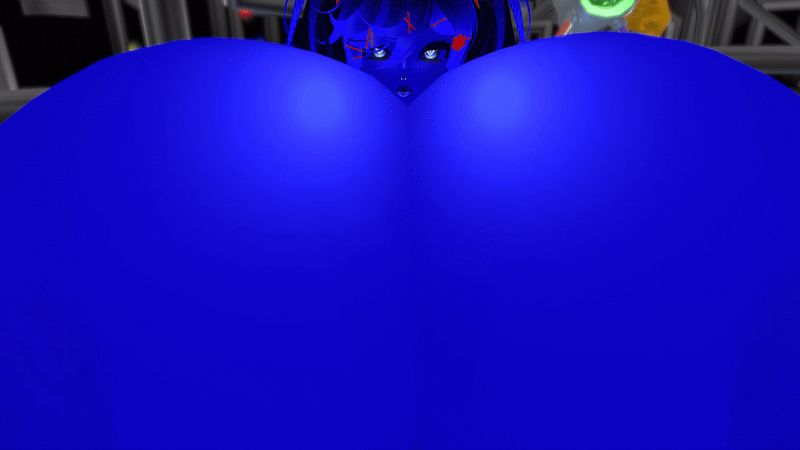HOME | DD
 jcthethird — Sabretrainer
jcthethird — Sabretrainer

#aircraft #trainer #whatif #whatifscenario #aircraftdesign
Published: 2020-07-19 17:23:19 +0000 UTC; Views: 4208; Favourites: 99; Downloads: 28
Redirect to original
Description
''NOTE:''' This is a what-if aircraft, with what-if scenarios related to them. I've got a couple of these, a cutaway, and some profiles coming up. This version is the US Navy variant that has been converted for==North American/General Dynamics AT-39/T-39D "Sabretrainer"==
*Designer: North American Aviation (base), General Dynamics (modification)
*First Flight: 1962
*Introduced: 1965
*Status: In Service
*Total Built: 759
*Operator(s): United States (USAF, USN, USMC, NASA), Canada (RCAF, RCN), United Kingdom (RAF, RN), Spain (RSAF), Brazil, Peru, Chile, Germany, Greece, Israel, Saudi Arabia, Iran (IrAF, IrNAS), Taiwan, Japan, South Korea, Australia, Sweden, Norway
In 1957, the USAF had a severe issue plaguing their newly minted fighter pilots that was killing them in quantities that were quickly deeming the aircraft to be too dangerous to field. The F-100 Super Sabre, the first supersonic fighter jet of the USAF, had a serious design flaw that made the aircraft difficult to control at low speeds, often stalling the aircraft enough where the plane was unrecoverable and would begin a pendulum swing back and forth that would often end up with the pilot crashing the very expensive aircraft into the ground along with them in an unejectable position. After five pilots were lost in quick succession, the USAF demanded a trainer that would allow the pilots to simulate the situations with seasoned instructors rather than perform the maneuvers blindly. Two solutions were proposed: 1) develop the TF-100C to serve as a trainer, 2) counvert another aircraft to train pilots.
The first solution began being developed in 1956 to use the existing planned F-100F, a twin-seat ground attack variant, as a base model for the trainer variant. General Dynamics came up with a separate, and possibly more profitable solution however. Based off of the Armstrong-Whitworth Meteor trainer that had first flown in England with a prone pilot in the nose, General Dynamics hypothesized a similar idea that would instead use the existing Sabreliner as the airframe. The idea was to add a fighter jet canopy to the top of the aircraft and attach a sled to a pneumatic lifting body that would allow the pilot to retract into the canopy from the fuselage. The controls and the outputs were routed to the instructor seat (the copilot's chair) where the instructor could simulate various failures and faults on a completely separate system. Initially, North American showed no interest in developing such a system, but revisited the idea when they determined that they could undermine Lockheed.
After the successful development of the YT-39D, the USAF immediately ordered 100 of the aircraft, with an additional 10 for evaluation for future designs. Shortly after buying the aircraft, the USAF ordered each major fighter aircraft designer to develop a sled for their aircraft, including the attack aircraft and future aircraft designs so that fighter aircraft designs could be evaluated. The first fighter aircraft to come from this decision was the A-10 cockpit layout, which was tested by Republic and the USAF prior to fabrication. The Navy ended up likewise using the aircraft for training F8 Crusader pilots and eventually included various other aircraft, including the F-18, RA-5, FV-13, F-21, and the F-25.
Training techniques that the T-39 could impart that the various advanced trainers (such as the T-38 and T2V) could not included power and hydraulic failures, impaired vision (by jetting black ink onto the cockpit), aerial refueling training, and warnings that generally wouldn't appear until the pilot was in the aircraft in question. By simulating these emergencies, the instructors were able to give the pilots a taste of the recovery procedures before the pilots were on their own and potentially were causing them without an understanding of a recovery. Most instructors used the aircraft to train pilots with the "Dead Rookie" scenario to teach pilots appropriate procedures to combat bravado, fear, and what some called "training reversion" or "T-41 syndrome". Because the aircraft was cheaper to maintain and repair compared to the full plane, the T-39D was often used for advanced training as well, often having fighter pilots learn to perform patrols, intercepts, and other roles.
The T-39D was often partnered with T-40 training squadrons, where the T-40 would perform the twin seat training for both tandem and side-by-side aircraft while the T-39 served for single-seat only. In 1987, the USAF began retiring the T-39 in favor of the Learjet T-21B, followed by the Navy in 1993. By 2009, the USMC debated the replacement of the T-39, but ended up continuing to use them for experimental evaluation. NASA and the Air Force would convert a pair of the T-39Ds for S-18 training (Blue Gemini spacecraft) with later uses being carried out on the T-40 for Space Shuttle landings.
Related content
Comments: 6

👍: 1 ⏩: 1

👍: 1 ⏩: 0

👍: 1 ⏩: 1

👍: 0 ⏩: 0

👍: 1 ⏩: 1

👍: 0 ⏩: 0
